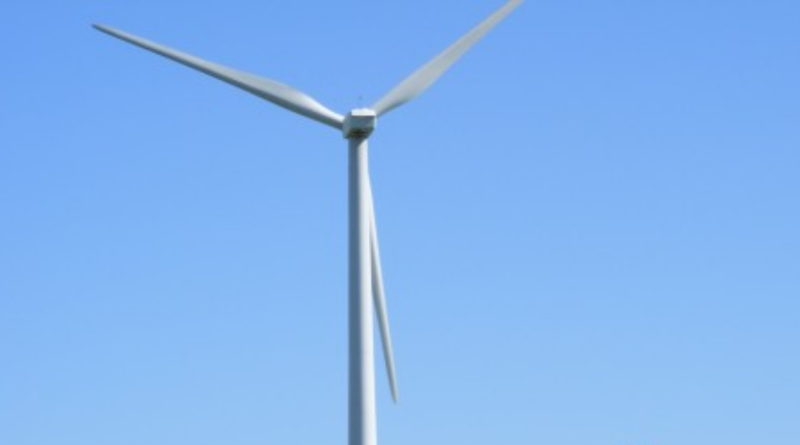Renewable Energy Growth Outpaces Fossil Fuels for the First Time

New wind and solar installations outpaced all other additions to the global energy mix in 2023, and clean energy investments are projected to exceed US$2 trillion in 2024, account for two-thirds of global energy investment.
The significant wind and solar gains are among several “record highs in an energy hungry world”, listed in the most recent Statistical Review of World Energy, which oil major BP published for decades before handing over the reins to the Energy Institute last year.
According to the review, 2023 saw “record consumption of fossil fuels and record emissions from energy, but also record generation from renewables, driven by increasingly competitive wind and solar energy.”
While “the progress of the transition is slow,” the institute writes, “the big picture masks diverse energy stories playing out across different geographies.”
Wind and solar were responsible for 40% of total new energy in 2023. By 2024, the increase in solar and wind capacity was 67% higher compared to the previous year. Three-quarters of it, 346 gigawatts, came from solar, while wind accounted for 115 gigawatts. In both cases, China was the major installer.
“This is the first time in history that these newer forms of renewable energy have outpaced each of the fossil fuels, which remain the world’s dominant sources of energy,” writes Carbon Brief.
The Economist heralded an imminent “Solar Age” as favourable developments for solar technologies, economics, and supply chains converge to precipitate exponential growth of solar energy capacity.
“When it was a tenth of its current size 10 years ago, solar power was still seen as marginal even by experts who knew how fast it had grown,” writes the weekly news magazine. “The next ten-fold increase will be equivalent to multiplying the world’s entire fleet of nuclear reactors by eight in less than the time it typically takes to build just a single one of them.”
Meanwhile, investments in renewables technologies will continue to exceed expectations, the International Energy Agency (IEA) anticipates in its latest World Energy Investment report. In 2024, total global expenditure on energy is expected to reach $3 trillion for the first time, with $2 trillion of that total going toward clean energy technologies and infrastructure. Solar photovoltaic technology alone is projected to see investments worth $500 billion.
“Investment in clean energy has accelerated since 2020, and spending on renewable power, grids, and storage is now higher than total spending on oil, gas, and coal,” the IEA says.
However, another investment crucial to the energy transition—in energy efficiency for buildings—is “below where it needs to be” and set to keep falling.
Meanwhile, fossil fuel investments are set to continue increasing, with upstream oil and gas spending anticipated to rise 7% to $570 billion, alongside increases for liquefied natural gas and coal. Clean energy spending by oil and gas companies in 2023 was around $30 billion, less than 4% of global clean energy investment.





